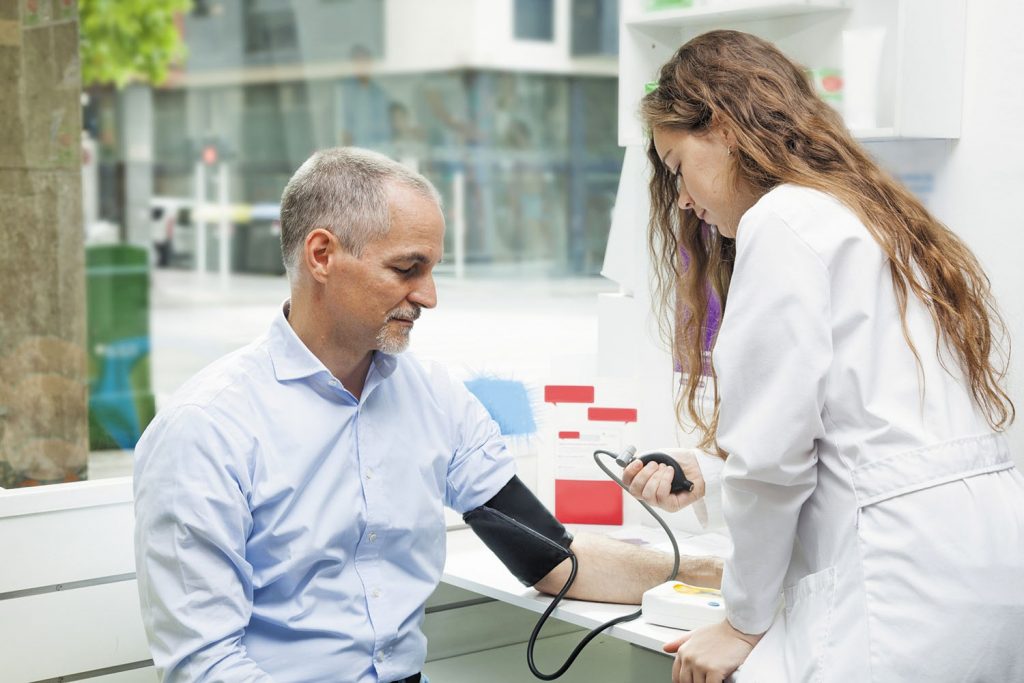Do I have osteoporosis?
Is my known osteoporosis in such condition that I need to find a bone doctor near me?
Anyone that has these thoughts go through their head already knows a bit about this condition. Osteoporosis is a condition where bones get weaker, so they are at higher risk of breaking.
Bone mass or density starts going down after individuals reach 35 years of age, and bone loss happens more frequently in females after they hit menopause.
Critical Risk Factors
Critical risk factors for this condition are numerous, including but not limited to:
1) Family history of osteoporosis
2) Low body weight
3) Excessive consumption of alcohol
4) Individual history of adult fractures
5) Insufficient exercise
6) Genetics
7) Lack of calcium and/or vitamin D
8) Smoking cigarettes
9) History of rheumatoid arthritis
10) Caucasian or Asian ethnicity
11) Thin, slender frame
12) Generally poor health and nutrition, in particular, if associated with chronic bowel disease or perpetual inflammation
13) Low estrogen levels in females
14) Low testosterone levels in men
15) Malabsorption of nutrition
16) Chemotherapy
17) Immobility
18) Amenorrhea in young women
19) Hyperthyroidism
20) Hyperparathyroidism
21) Inherited disorders of the connective tissue
22) Certain medications
What Is Osteoporosis?
This condition is characterized by decreased bone density, reducing bone strength, with fragile bones being the consequence. The very word of ‘osteoporosis’ means ‘abnormally porous bone’, as in bone that can be compressed like a sponge. Weaker bones mean common breaks or fractures in a person’s bones.
Typical bones are made from calcium, collagen, and protein, which all combine to provide strength to bones. Osteoporosis means bones can fracture or break in cases that wouldn’t normally do so. Fractures can happen as collapses, such as vertebral compression fractures in the spine, or cracks, such as hip fractures. Osteoporosis-associated fractures can happen in nearly any skeletal bone, but the most common areas include the hips, ribs, spine, and wrists.
Signs And Symptoms
This condition can lurk for decades without symptoms since nothing may be evident until there are actual fractures or bone breaks. In fact, some fractures of an osteoporotic nature might allude detection for years if they don’t result in symptoms. Pain is the one symptom that does reveal itself. Spinal fractures over time might result in a curved spine, chronic pain of the lower back, and loss of height.
Health Care Diagnosis
Routine X-rays can show osteoporosis if the bones are considerably lighter and thinner than normal bones. However, they’re not as accurate as a dual-energy X-ray absorptiometry scan, known as a DXA or formerly DEXA.
Who Treats Osteoporosis?
Health care professionals that treat this include general practitioners, orthopedists, rheumatologists, gynecologists, and endocrinologists.
Who Needs Bone Density Testing?
Bone density testing should happen for all women 65 or older. Women under 65 that have previously listed risk factors should also get tested, as should postmenopausal women who have fractures.
There are more than 50 different medical conditions that are associated with osteoporosis than women might have. Their primary care physician knows them all and can see if one ore more of these are present.
In Conclusion
This condition is certainly a dangerous one. Anyone in the listed risk categories or who fall under the screening guidelines would be wise to look up a bone doctor near me to find a health or medical professional who can accurately diagnose the condition. Prevention and treatment are both possible for those who know their current health status, and this condition is impossible to self-diagnose.

